Manouach & Engelhardt
Chimeras
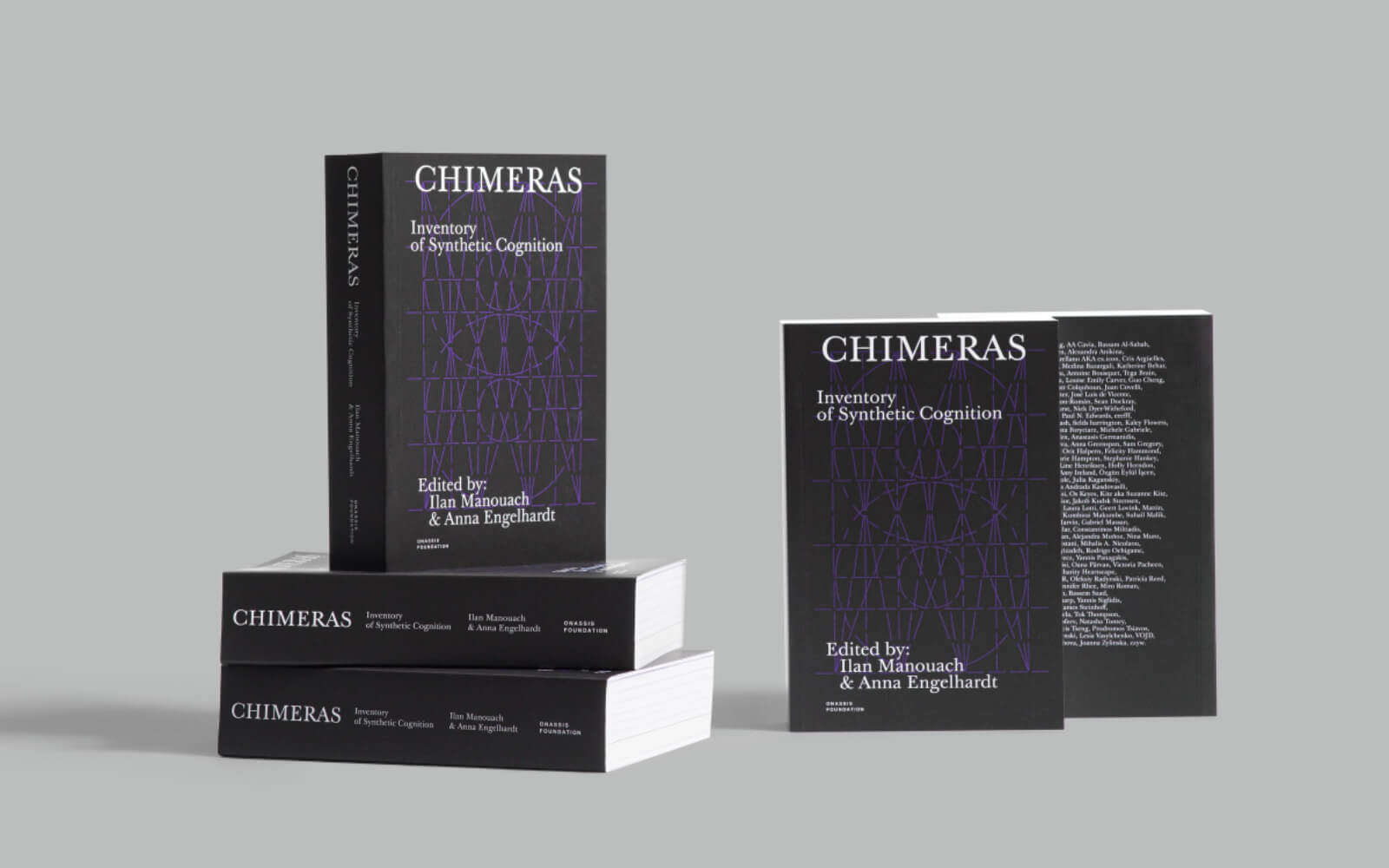

With a market capitalization of $2.4 trillion, Saudi Aramco replaces Apple as the world’s most valuable company. Meta, Netflix, Robinhood—tech stocks are tanking right now and Apple is down 20% this year. There is more at play here than investors exhibiting a newfound skepticism towards Big Tech’s bottom line—or optimism that the oil sector will clean up its act. The Russian incursion into Ukraine has sent oil prices—commodities—soaring, further exasperating supply chain woes brought on by the pandemic. “There’s panic selling in a lot of tech and other high-multiple names, and the money coming out of there seems headed for energy in particular,” notes Tower Bridge Advisors’ James Meyer on the cynical flow of capital back to fossil fuel.
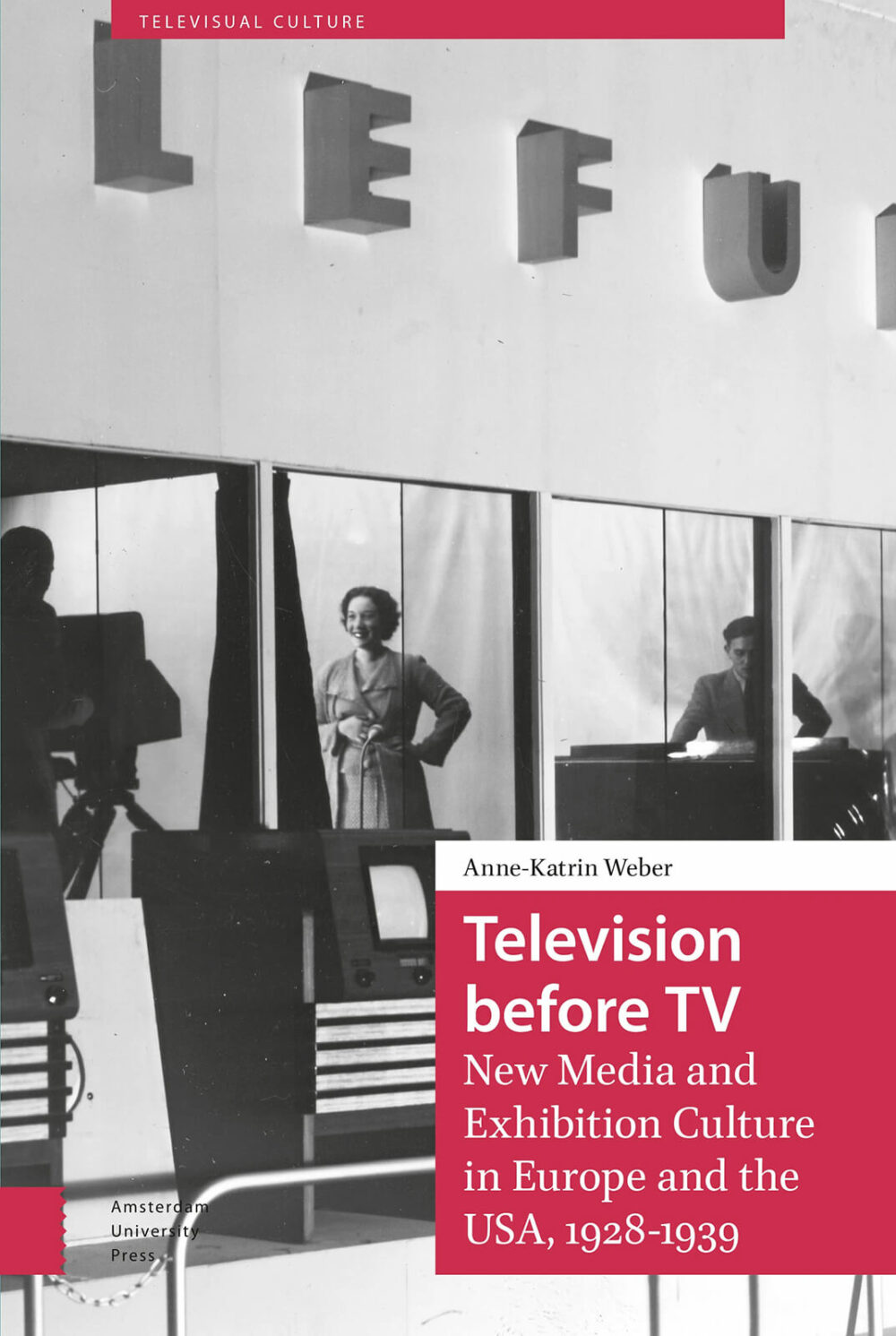
“The Artwork as a Living System,” a retrospective of works by Christa Sommerer & Laurent Mignonneau, opens at ZKM in Karlsruhe, Germany. Included are early A-Life works (image: Interactive Plant Growing, 1992) through the duo’s recent focus on augmented reality—14 interactive installations in total. “Few artists have shaped the transition from the moving image media phase to the living image media like Sommerer and Mignonneau,” note the curatorial team.
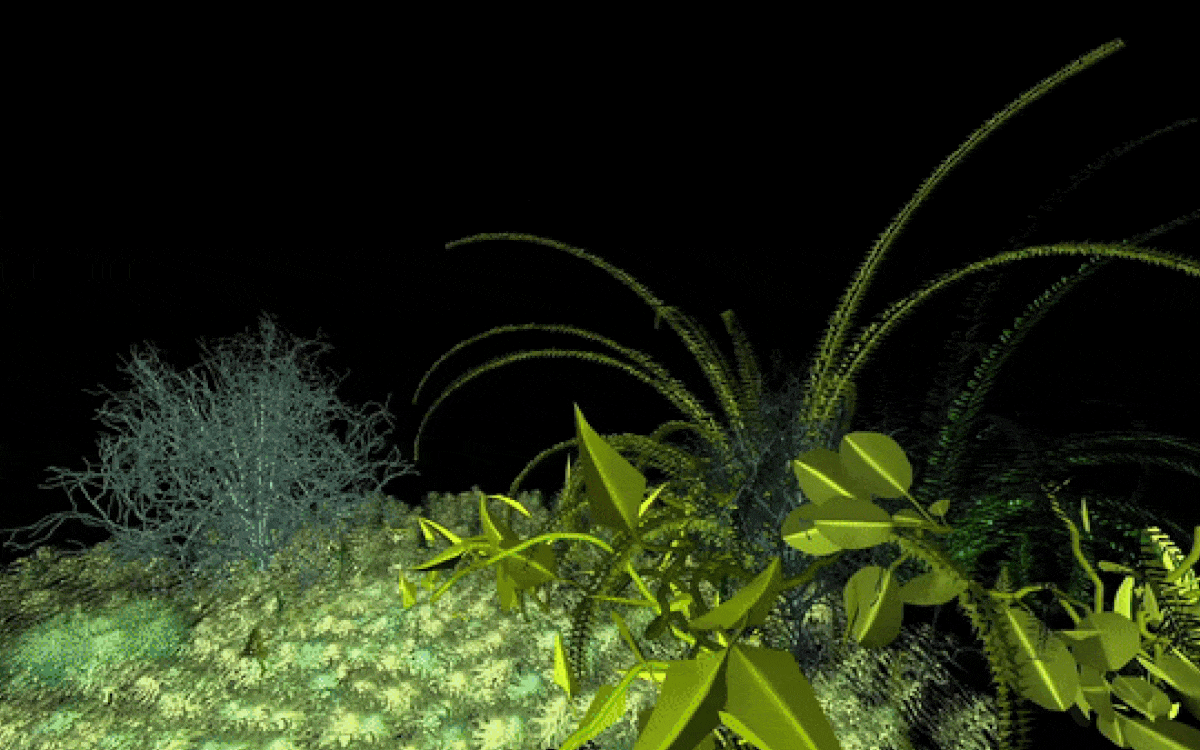
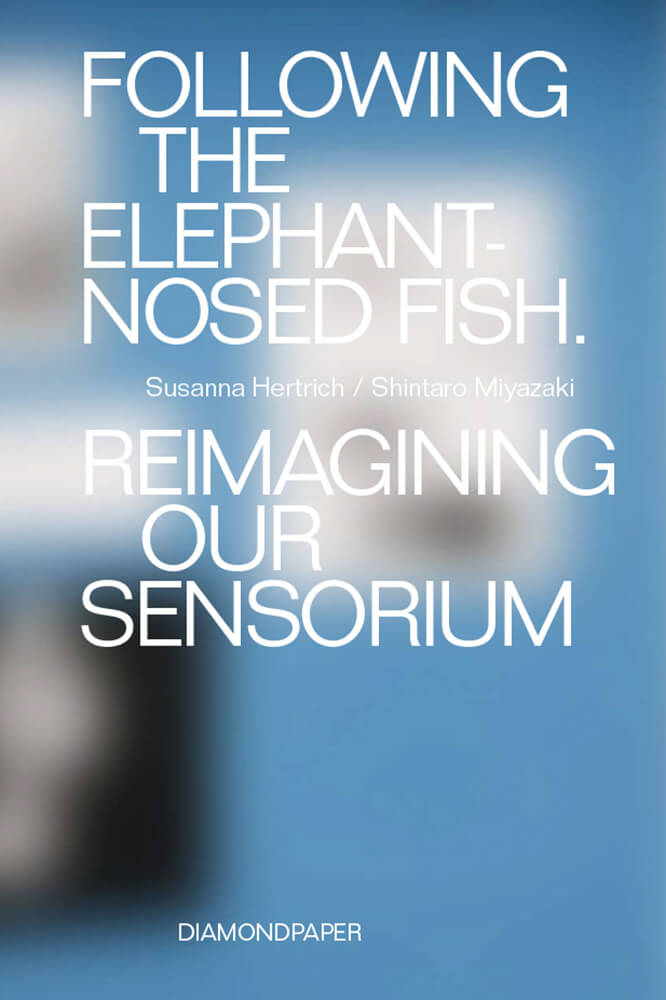
The culmination of the Studiotopia program, which embedded 13 artists in labs for 17 months, “Colliding Epistemes” opens at Bozar in Brussels. For their residencies, artists including Evelina Domnitch & Dmitry Gelfand, Kuang-Yi Ku, and Sandra Lorenzi (image: How to read poetry to cancer cells?, 2022) were paired with quantum physicists, molecular biologists, and other niche researchers, yielding works about “the collision of disciplines, methodologies, and mindsets.”
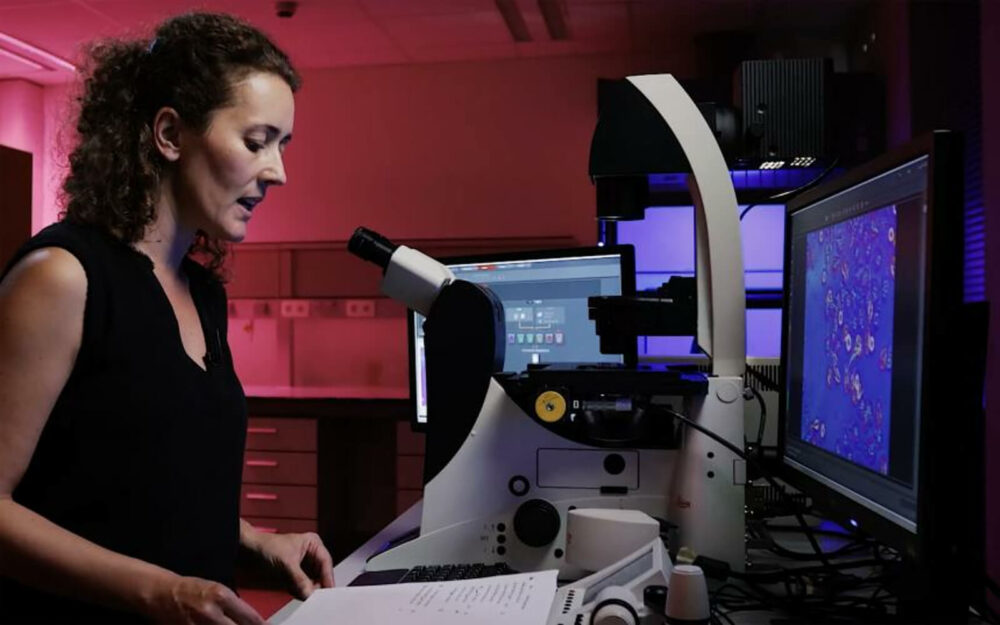
“Our leaders have offered few spaces for reflection, so artists have stepped in to fill the gap.” In her piece on COVID memorials, New York-based writer Jillian Steinhauer considers four exhibitions that “offer us a place to put our grief.” Featured works by Jill Magid, the Zip Code Memory Project, Rafael Lozano-Hemmer, and Coco Fusco in particular (Your Eyes Will Be An Empty Word, 2022, image) go beyond puncturing the anonymity of numbers; they “memorialize those whose stories we don’t know.”
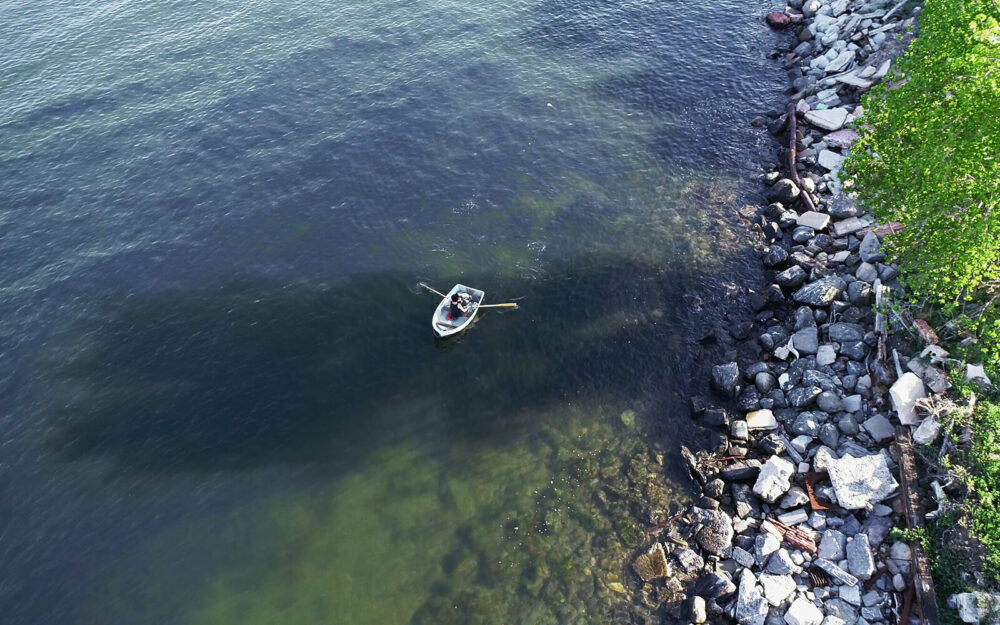
The Processing Foundation, a champion of software literacy within the visual arts and developer of the eponymous creative coding toolkits, announces that it received a record-breaking $10 million in donations in 2021, a majority of which came from artists donating cryptocurrency. This generous support has “allowed the Foundation’s work to become sustainable for the first time,” writes Executive Director Dorothy R. Santos, citing particularly generous artists such as Joshua Davis, Monica Rizzolli, Jared Tarbell, and Lia. Santos further announces that the foundation’s board decided to suspend new Ethereum donations over environmental concerns. Support for Tezos, a more energy-efficient cryptocurrency, will continue.
Bringing together 18 immersive installations that ponder planetary co-existence, “Our Time on Earth” opens at the Barbican, London. To mitigate dread and paralysis felt in the face of compounding environmental crises, guest curators Caroline Till and Kate Franklin selected works that “carve out space to imagine a constructive way forward.” Case in point: Superflux’ Refuge for Resurgence (2021), a interspecies dinner table “where all living beings are considered equal.”
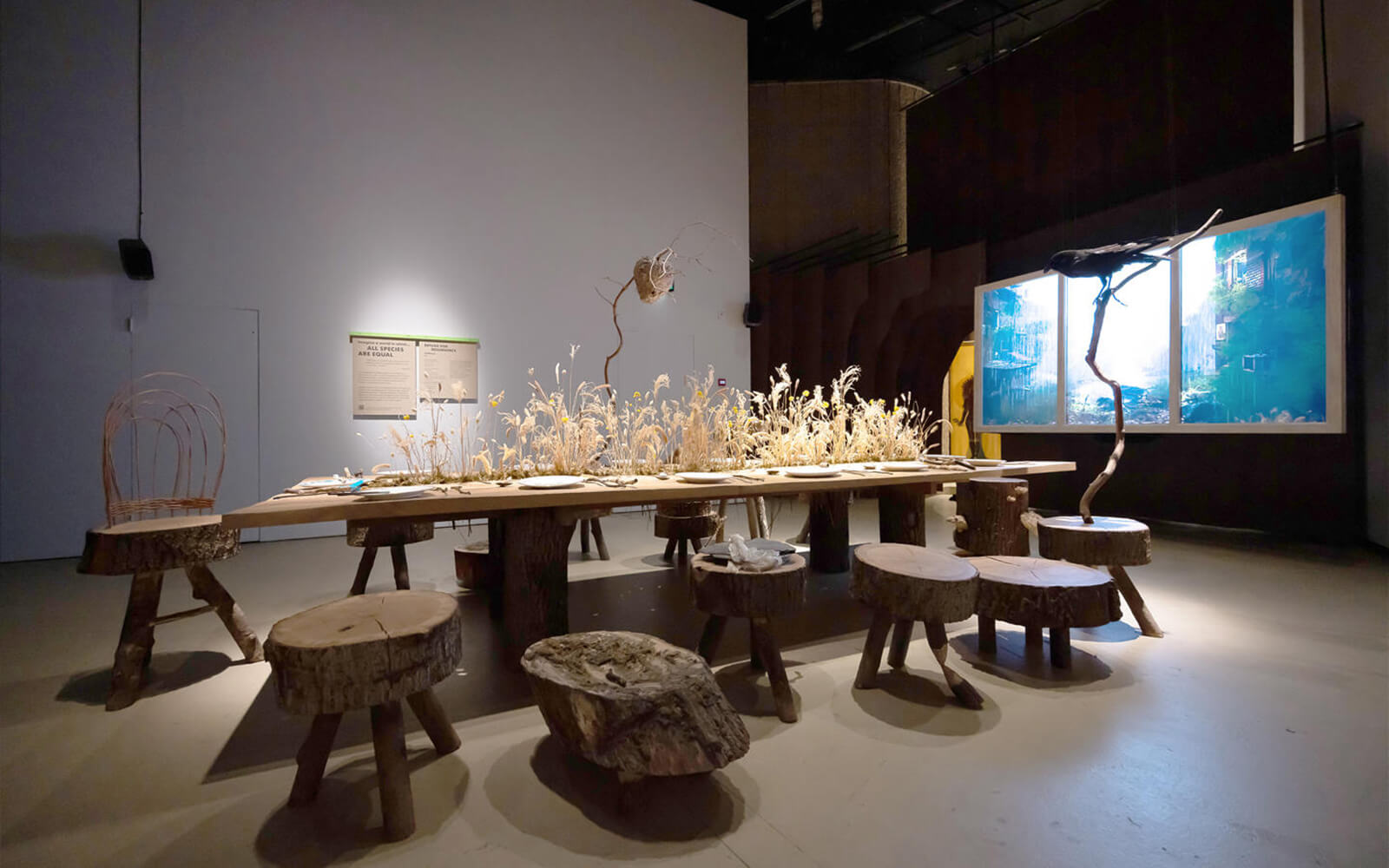
Alice Bucknell’s dark eco-fiction Swamp City (2021), in which the American artist and writer imagines the Florida Everglades as a near-future luxury retreat, takes over HOXTON 253, London. For this UK premiere, the gallery space is transformed into the offices of The Evergreen Group, the mock real-estate vendor behind Swamp City, complete with property listings, promotional pamphlets, 3D printed models, and slick prints “to lure in its millennial clientele and investors.”

Metaverse Petshop, a beta version of a new project by Japanese duo Exonemo debuts at NADA New York. The “playable installation inspired by the relationship between information space and real space” lets participants purchase a CGI dog, release it from its ‘cage,’ and take custody of the pup on their smartphone. The work-in-progress will be presented at an upcoming solo show, and the duo envisions future iterations of the installation will allow users to “mint NFT pedigrees.”
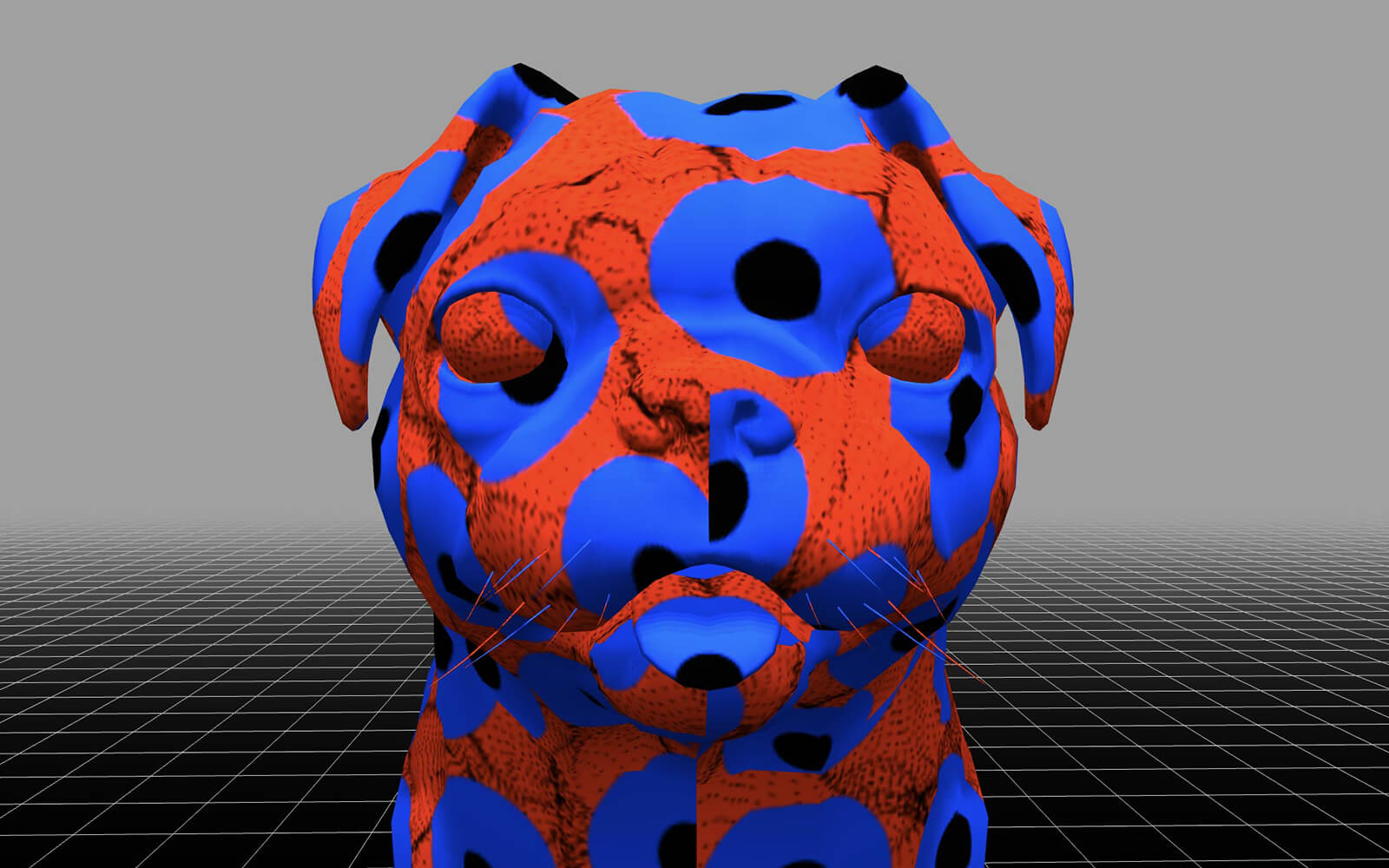
Vera grew up drawing and painting, so it was no surprise she would end up applying to art school. Here she is at age 17, on vacation in Mátrafüred, Hungary, about 85 kilometers northwest of her hometown Budapest. The photo is black-and-white, but Vera reminds me that her silver hair was once red—her signature color. Here, it’s pulled back in milkmaid braids. She wears a shirtdress covered in thick pinstripes that meet at 90-degree angles on the collar, framing her face in a pattern of concentric squares—her signature motif. Her style remains remarkably consistent to this day—at 98, Vera still dresses like the art she makes.
Teenage Vera flashes a proud smile as she looks up from the sketchpad in her lap. Though she used only traditional artists’ tools—colored pencils, paintbrushes, pastels—before working with an electronic computer in 1968, Vera remembers inventing systematic methods for making art from an early age. Vacationing with her parents in Balatonvilágos at the house they named Veronika after their beloved only child, she came up with a system to draw the sunset over Lake Balaton with a different colored pencil, selected at random, each evening. We can’t see what she’s drawing here, but it’s possible she’s gearing up for the competitive entrance exam for the Magyar Képzőművészeti Főiskola (Hungarian College of Fine Arts). She recalls being one of the weakest students at her preparatory course, but she would pass the exam with flying colours and enrol in fall 1942. She graduated in 1946 with a degree in art education—to appease her father, she’ll tell you—but no one could stop her from heading to Paris the following year to pursue her one true ambition: becoming an abstract painter.